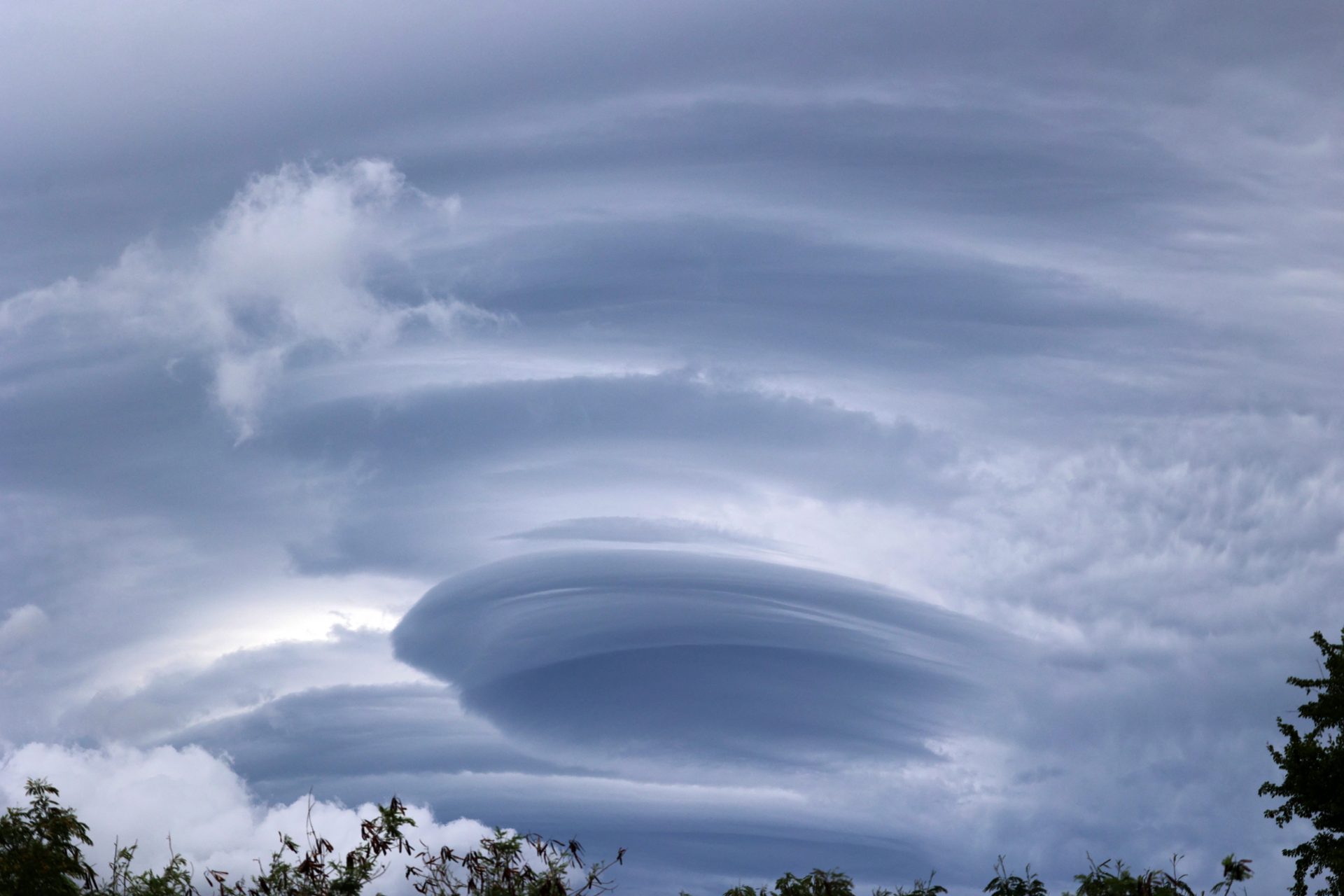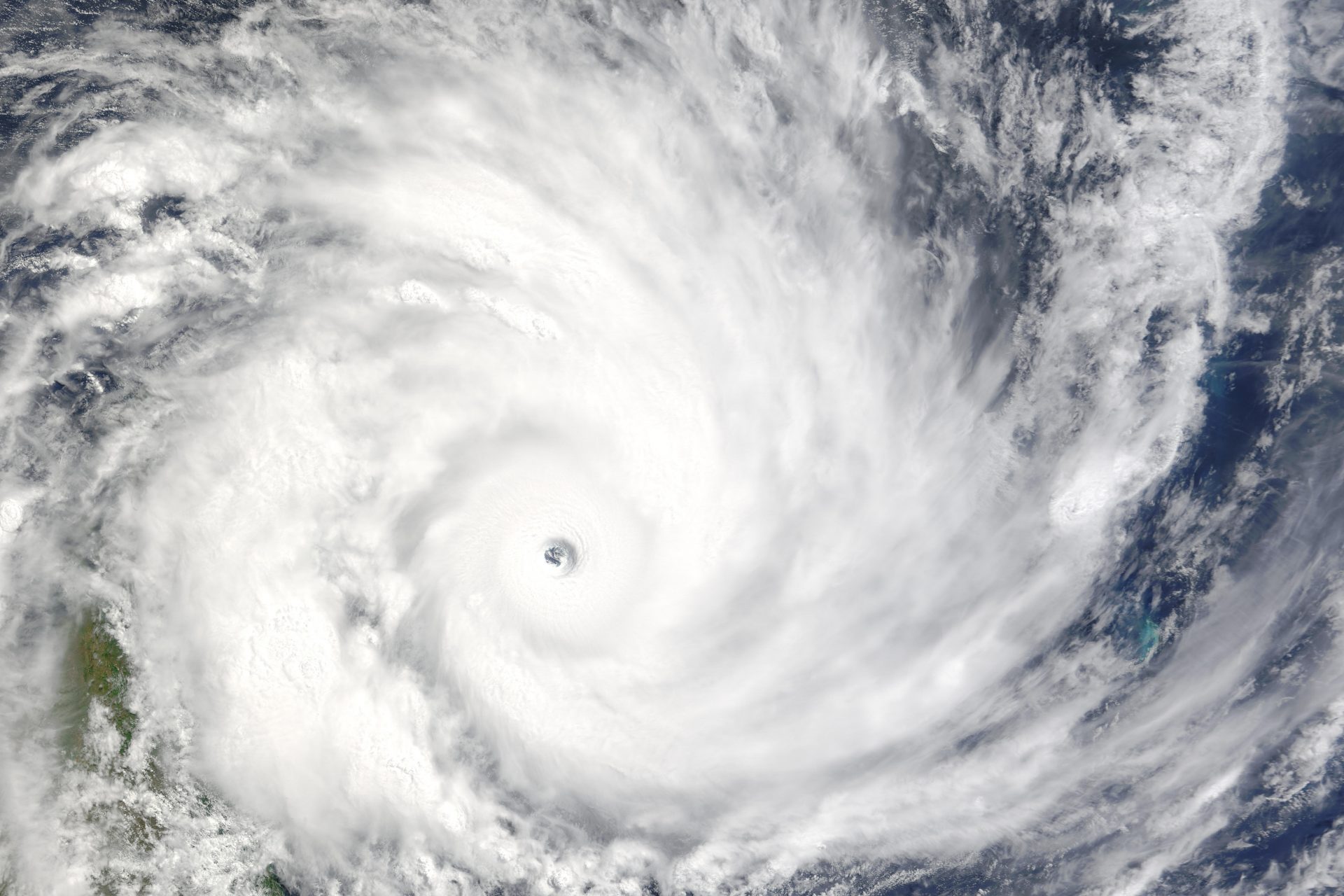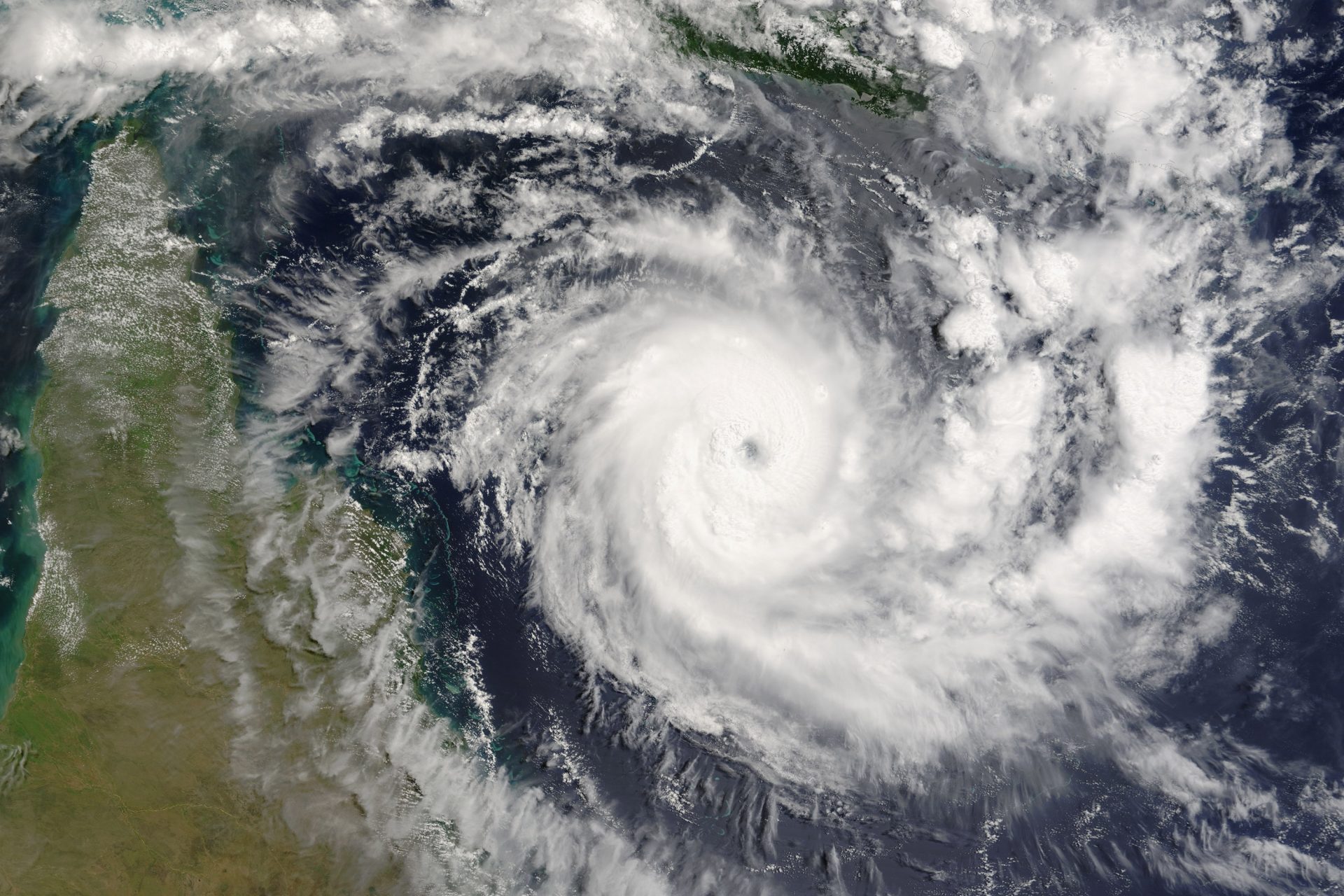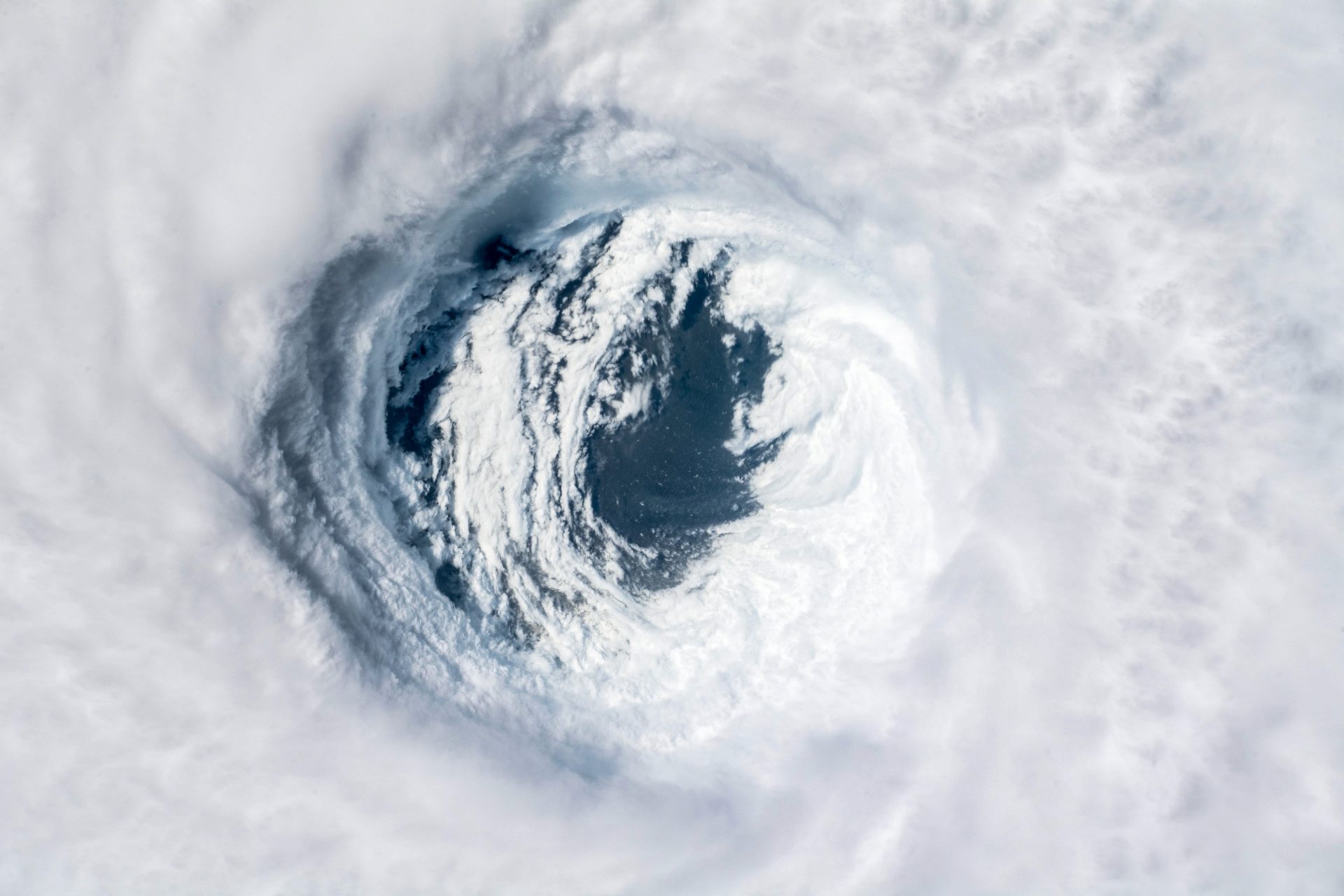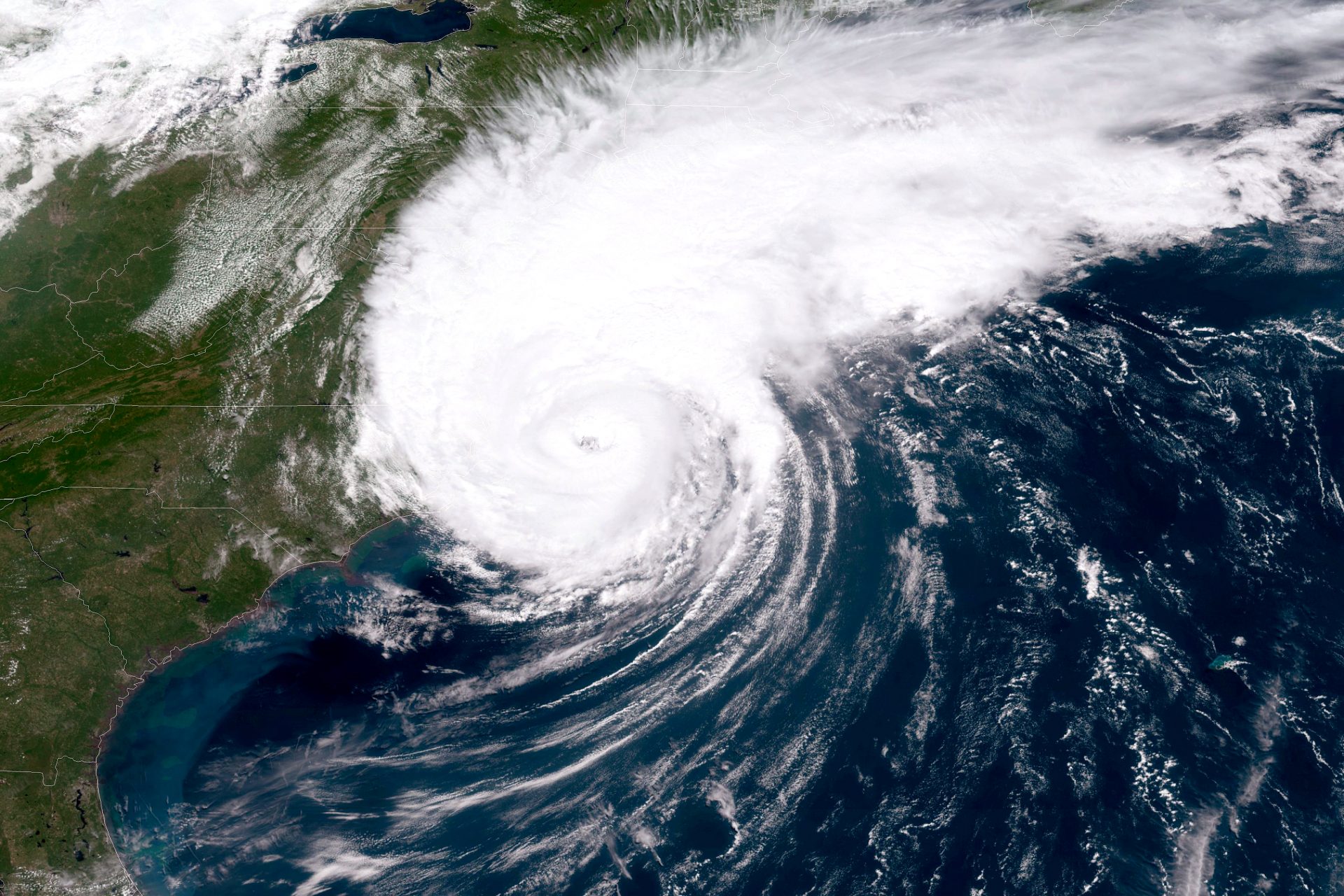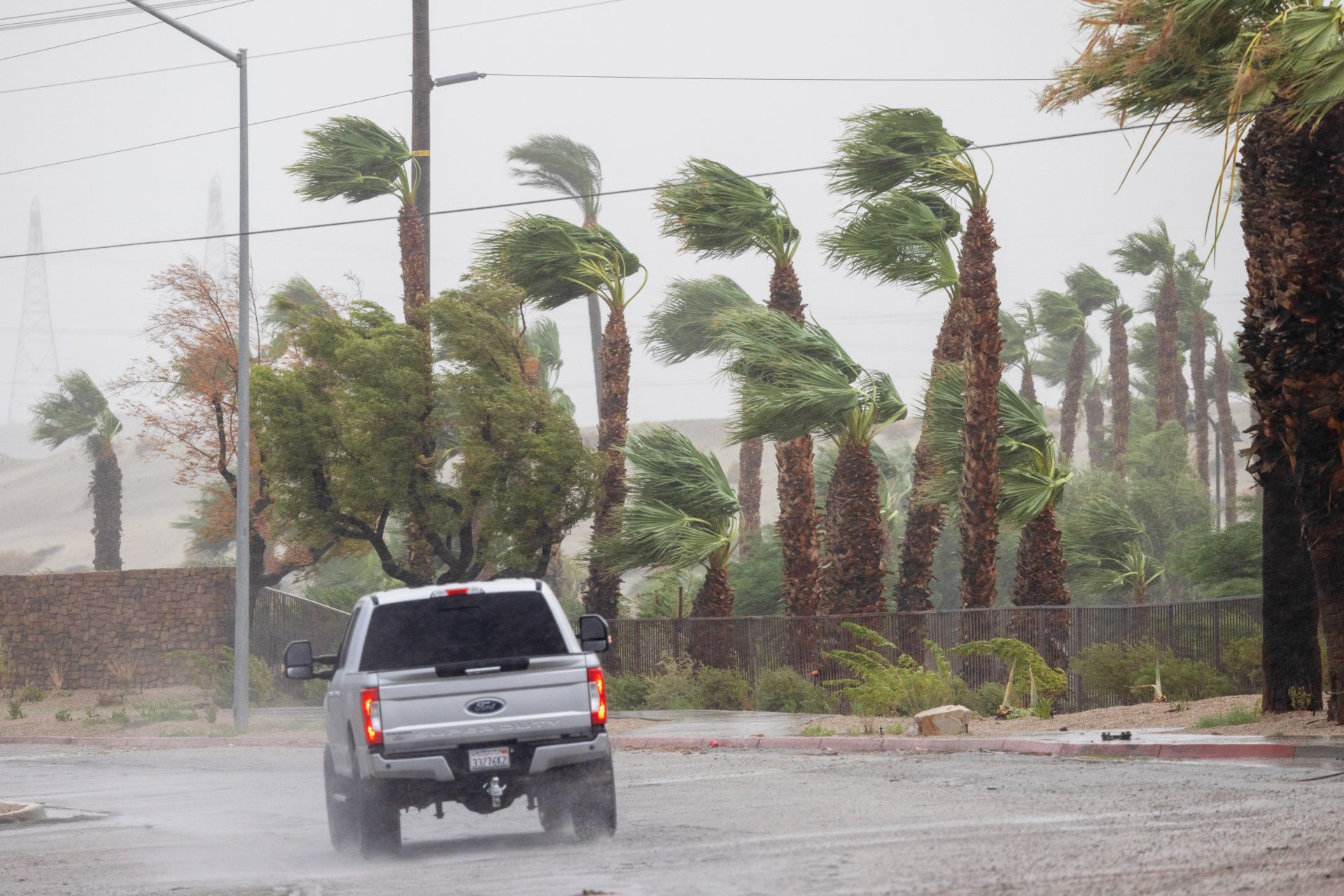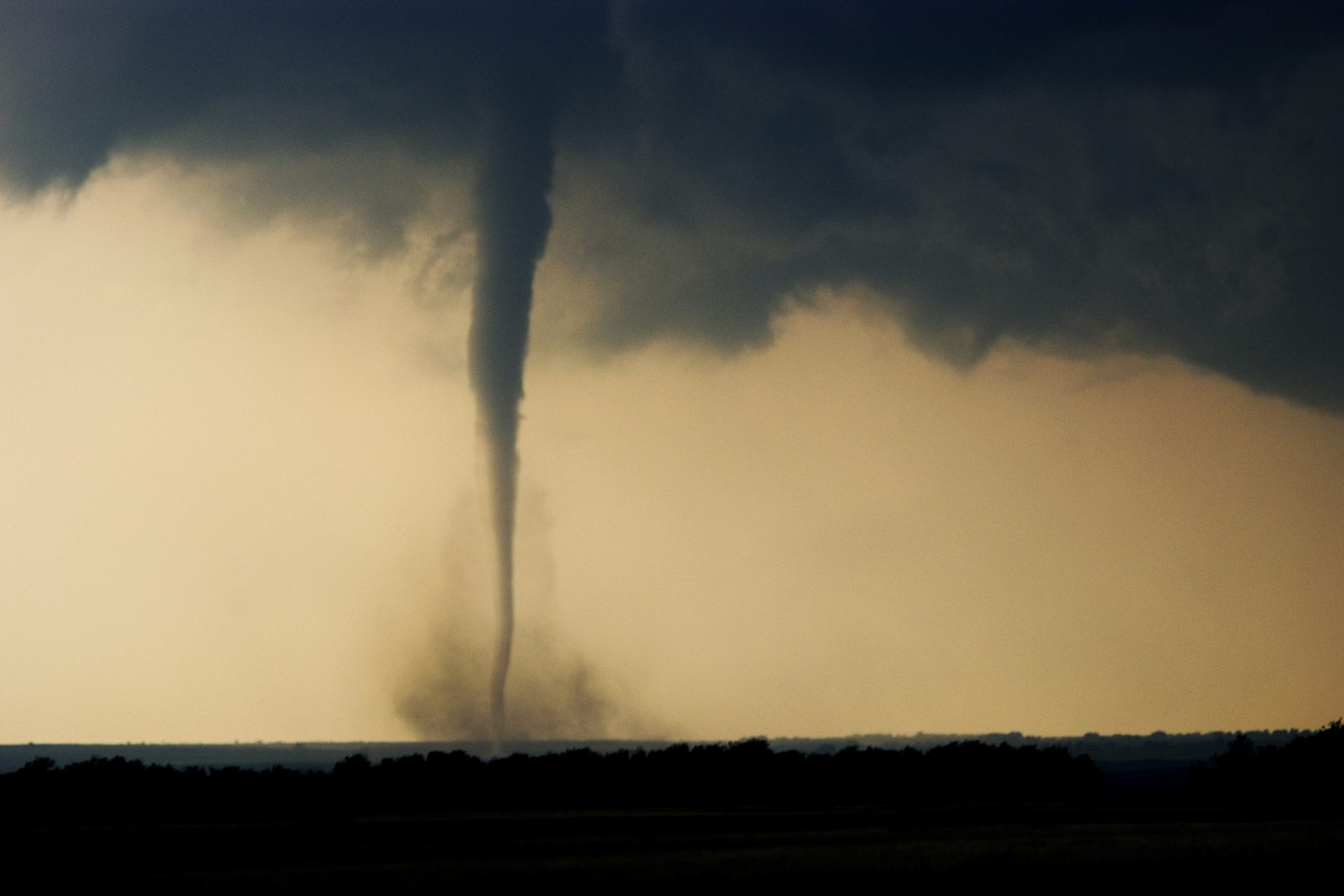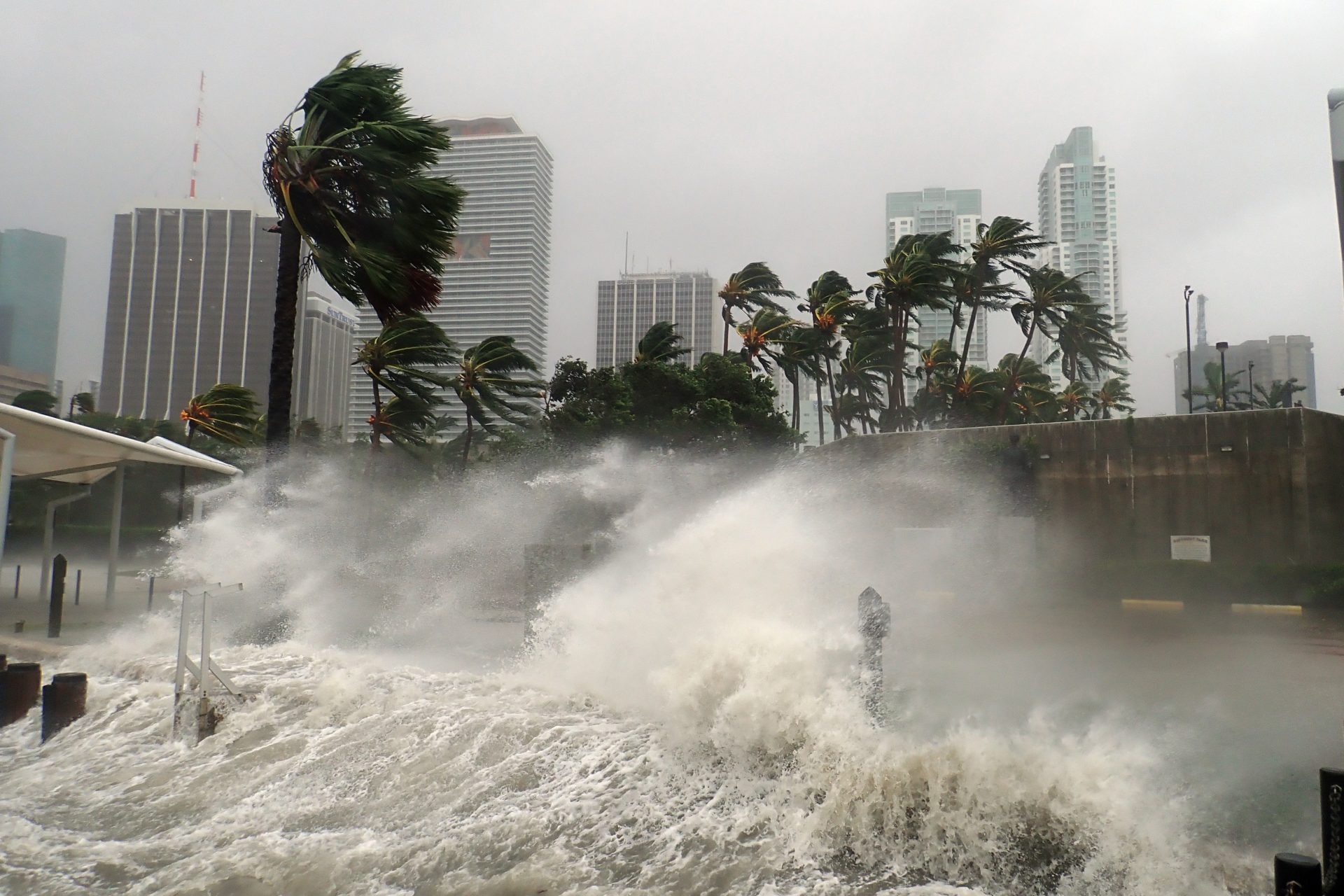Stormfury: an experiment to control hurricanes
In the United States, where hurricanes can devastate communities, an ambitious initiative was launched between the 1960s and 1980s to try to modify their impact.
In the photo, damage caused by Hurricane Milton, in October 2024.
Stormfury was set up by the US government based on a theory called cloud seeding which has since been discredited.
The idea came from the National Oceanic and Atmospheric Administration (NOAA), the US federal agency for climate monitoring which wanted to see if human interference could alter the hurricane formation process.
The main objective was to disrupt the inner structure of the cyclone by dispersing silver iodide into the air – the process known as cloud seeding.
To compensate for the disruption, the walls of the hurricane's "eye" – the central region visible when observing the storm from above and where the most intense and destructive winds are concentrated – would be forced to reform.
The silver iodide used in cloud seeding causes the storm's supercooled water to freeze and so disrupt the hurricane's inner structure.
The silver iodide would be seeded by aircraft around the hurricane's walls, triggering their reform.
This new structure would be larger than the original, which would dilute the strength of the winds within, due to the reduction in the pressure gradient.
Even a small reduction in wind speed would be desirable, as that would significantly reduce the winds' destructive potential.
When the technique was put into practice in storms at sea, far from land, the first results showed that the hurricanes lost between 10% and 30% of their intensity, indicating that the method seemed to work, reported the magazine Super Interessante.
However, researchers later observed that unseeded hurricanes often undergo structural changes similar to those expected in seeded hurricanes.
This discovery cast doubt on Stormfury's reported successes, as the observed changes could have a natural explanation.
The last experimental flight was made in 1971, due to the lack of suitable storms and the renewal of the NOAA fleet.
More than a decade after this last hurricane seeding experiment, Project Stormfury was officially canceled.
Although the project did not achieve its goal of reducing the destructive force of hurricanes, its observational data and research on the life cycle of storms helped improve meteorologists' ability to predict the path and intensity of hurricanes.
Currently, the NOAA agency is working to improve weather forecasts, aiming to prepare society for the advent of hurricanes and reduce their damage.
“The best solution is not to try to alter or destroy tropical cyclones, but simply to learn to coexist with them,” said the American agency, quoted by Super Interessante.
More for you
Top Stories




